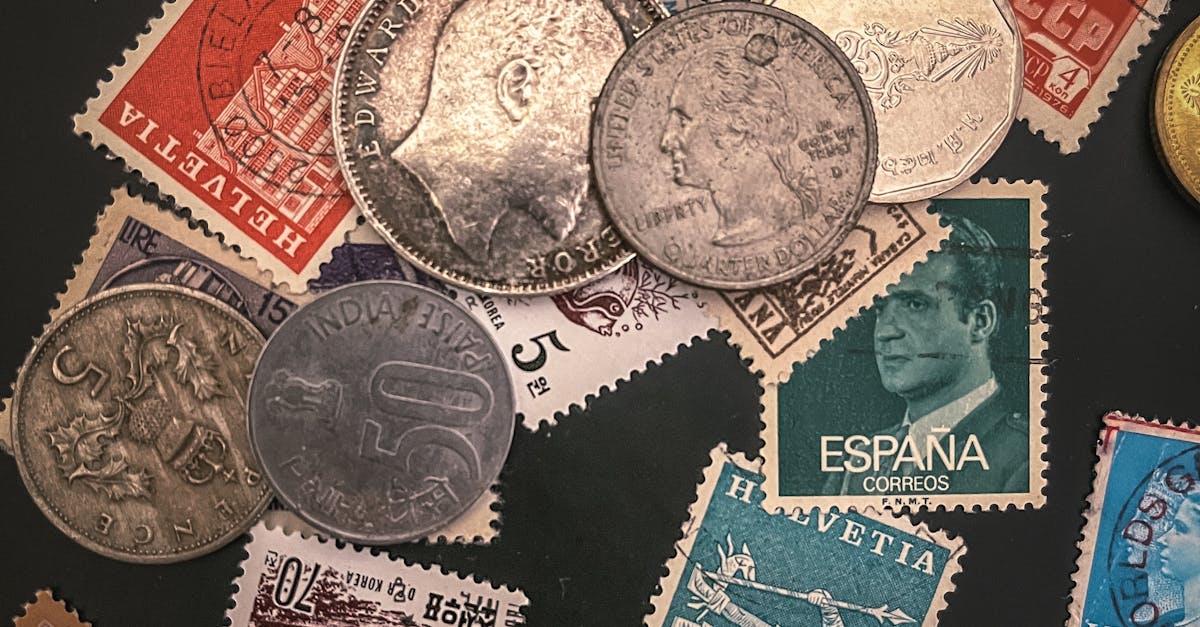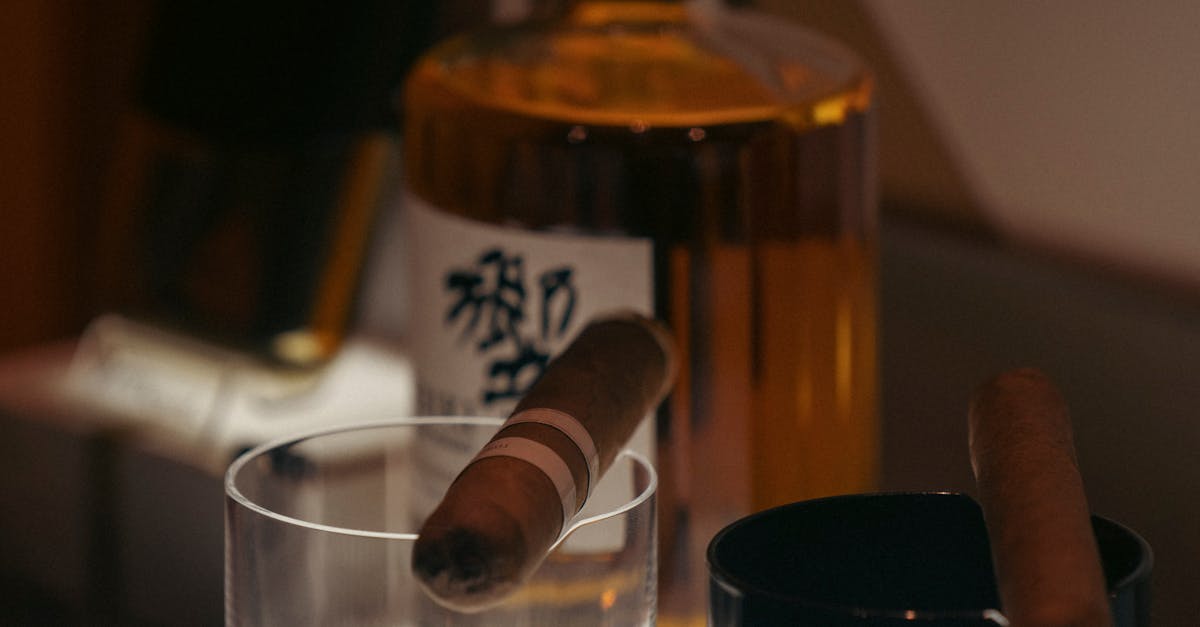Unveiling the True Cost of Rare Coin Acquisitions

Beware the Hidden Costs of Rare Coin Auctions: A Guide to Buyer’s Premiums
Rare coin auctions offer an exciting opportunity to acquire unique and valuable pieces of history. However, it’s crucial to be aware of the hidden costs that can accompany these auctions, particularly the buyer’s premium. This surcharge, typically ranging from 5% to 20%, can significantly increase the cost of your purchase. In this guide, we’ll delve into the world of buyer’s premiums, exploring their impact on your purchase price, negotiation strategies, and alternative options for acquiring rare coins. Armed with this knowledge, you’ll be better equipped to make informed decisions and avoid any unpleasant surprises when bidding on your next rare coin.
Key Insights
- Buyer’s premiums are additional fees charged by auction houses on top of the hammer price, typically ranging from 5% to 20%.
- Buyer’s premiums are transparent and upfront fees, unlike hidden costs such as shill bidding and undisclosed reserve prices.
- While buyer’s premiums are generally non-negotiable, there may be opportunities to negotiate a reduced rate in certain situations.
- Alternative methods to acquire rare coins include private sales, direct purchases from dealers, and online marketplaces.
- Informed decision-making is key to successful rare coin acquisitions, considering the buyer’s premium, exploring alternative options, and setting a budget.
1. What is a Buyer’s Premium?
In the realm of rare coin auctions, the buyer’s premium is an additional fee charged to the buyer on top of the hammer price (the price at which the coin is sold). This surcharge typically ranges from 5% to 20%, varying across auction houses and specific coins.
The buyer’s premium serves two primary purposes. Firstly, it compensates the auction house for the costs associated with conducting the auction, such as marketing, staffing, and security. Secondly, it generates revenue for the auction house, allowing them to continue offering their services.
Unlike sales tax, which is a government-imposed levy on the sale of goods and services, the buyer’s premium is a fee charged by the auction house itself. It is not a mandatory tax but rather an additional cost that buyers should be aware of before participating in an auction.
2. Typical Buyer’s Premium Ranges

Typical Buyer’s Premium Ranges
The buyer’s premium in rare coin auctions typically falls within a range of 5% to 20%, although it can occasionally exceed this range for certain high-value or rare coins. This variation in rates is influenced by several factors, including:
- Auction House Reputation and Prestige: Established and reputable auction houses with a strong track record tend to charge higher buyer’s premiums, as collectors are willing to pay for the assurance of quality and authenticity.
- Rarity and Value of the Coin: Rare and valuable coins often attract higher buyer’s premiums, as auction houses recognize the increased demand and competition for these pieces.
- Competition: The level of competition among bidders can also impact the buyer’s premium. If there are multiple interested buyers for a particular coin, the auction house may increase the premium to capture a higher share of the final sale price.
- Online vs. In-Person Auctions: Online auctions typically have lower buyer’s premiums compared to in-person auctions, as they involve lower overhead costs for the auction house.
3. Impact of Buyer’s Premium on Purchase Price
To calculate the actual purchase price of a rare coin at auction, it’s crucial to factor in the buyer’s premium. Simply add the buyer’s premium percentage to the hammer price to determine the total cost.
For example, if you win a bid on a coin with a hammer price of $1,000 and the buyer’s premium is 15%, your total purchase price would be:
Purchase Price = Hammer Price + (Hammer Price x Buyer's Premium Percentage) Purchase Price = $1,000 + ($1,000 x 0.15) Purchase Price = $1,150
This means that the buyer’s premium in this case adds an additional $150 to the cost of the coin.
It’s important to consider the buyer’s premium when setting your bidding limit. If you fail to account for this additional cost, you may end up exceeding your budget or winning a coin that you cannot afford.
4. Negotiating the Buyer’s Premium

Negotiating the Buyer’s Premium
While buyer’s premiums are generally non-negotiable, there are certain situations where you may be able to negotiate a reduced rate. Here are a few strategies:
- Establish a Relationship: Building a strong relationship with an auction house over time can increase your chances of negotiating a lower buyer’s premium. By consistently participating in their auctions and demonstrating your loyalty, you may be able to request a reduced fee on specific coins or auctions.
- High-Value Purchases: If you’re planning on making a substantial purchase, such as a rare or valuable coin, you may have more leverage to negotiate a lower buyer’s premium. Auction houses are often willing to offer concessions to secure high-value sales.
- Multiple Coin Purchases: If you’re interested in purchasing multiple coins from the same auction, you can try negotiating a reduced buyer’s premium for the entire lot. This can be an effective strategy if the auction house is keen on selling a group of coins to a single buyer.
- Competing Auction Houses: If you’re considering bidding on a coin at multiple auction houses, you can use the competing bids to negotiate a lower buyer’s premium. By informing one auction house that you have a better offer from another, you may be able to convince them to match or beat the lower fee.
5. Hidden Costs vs. Transparent Fees
Unlike hidden costs such as shill bidding and undisclosed reserve prices, buyer’s premiums are transparent and upfront fees. This means that buyers are fully aware of the additional cost before participating in an auction.
- Shill Bidding: Shill bidding occurs when an auction house places fake bids on its own coins to artificially inflate the price. This unethical practice can mislead buyers and drive up the final sale price.
- Undisclosed Reserve Prices: A reserve price is a minimum price that the seller has set for their coin. If the bidding does not reach the reserve price, the coin will not be sold. However, some auction houses may not disclose the reserve price, which can lead to buyers overbidding and potentially paying more than the coin is worth.
Transparent fees, such as buyer’s premiums, provide several advantages to buyers:
- Predictable Costs: Buyers can accurately calculate the total cost of their purchase, including the buyer’s premium, before placing a bid. This helps them stay within their budget and avoid unexpected expenses.
- Fair Competition: Transparent fees ensure that all bidders are competing on a level playing field, without the risk of hidden costs or manipulation.
6. Alternatives to Buyer’s Premium Auctions
Alternatives to Buyer’s Premium Auctions
While buyer’s premium auctions are a popular way to acquire rare coins, there are several alternative methods to consider, each with its own advantages and disadvantages:
- Private Sales: Private sales involve buying coins directly from another collector or dealer, typically without the involvement of an auction house. This method can offer more flexibility and the potential for lower prices, as there is no buyer’s premium. However, it requires buyers to have a network of contacts and the ability to assess the authenticity and value of coins on their own.
- Direct Purchases from Dealers: Coin dealers are businesses that specialize in buying and selling rare coins. They typically have a wide selection of coins available and can provide expert advice. While direct purchases from dealers may not involve a buyer’s premium, the prices may be higher than at auction to cover the dealer’s overhead costs and profit margin.
- Online Marketplaces: Online marketplaces, such as eBay and CoinInvest, allow collectors to buy and sell coins directly with each other. These platforms offer a wide variety of coins and can be convenient for finding specific pieces. However, buyers need to be cautious of potential scams and ensure the authenticity of coins before making a purchase.
7. Conclusion: Making Informed Decisions
Conclusion: Making Informed Decisions
Understanding buyer’s premiums is crucial for making informed decisions when acquiring rare coins at auction. Here are some key takeaways to keep in mind:
- Buyer’s premiums are additional fees charged by auction houses on top of the hammer price. They typically range from 5% to 20% and can significantly impact the total purchase price.
- While buyer’s premiums are generally non-negotiable, there may be opportunities to negotiate a reduced rate in certain situations, such as establishing a relationship with the auction house or purchasing multiple coins.
- Buyer’s premiums offer the advantage of transparency and predictability, unlike hidden costs such as shill bidding and undisclosed reserve prices.
- Alternative methods to acquire rare coins, such as private sales and direct purchases from dealers, exist and offer their own pros and cons.
Informed decision-making is key to successful rare coin acquisitions. By carefully considering the buyer’s premium and exploring alternative options, collectors can ensure they are getting the best value for their money and making sound investments in their rare coin collections.
What is the difference between a buyer’s premium and a sales tax?
A buyer’s premium is an additional fee charged by the auction house on top of the hammer price, while sales tax is a government-imposed levy on the sale of goods and services.
Can I negotiate the buyer’s premium with the auction house?
While buyer’s premiums are generally non-negotiable, there may be opportunities to negotiate a reduced rate in certain situations, such as establishing a relationship with the auction house or purchasing multiple coins.
What are the advantages of buyer’s premiums over hidden costs?
Buyer’s premiums offer the advantage of transparency and predictability, unlike hidden costs such as shill bidding and undisclosed reserve prices.
What are some alternative methods to acquire rare coins?
Alternative methods to acquire rare coins include private sales, direct purchases from dealers, and online marketplaces.
How can I make informed decisions when acquiring rare coins at auction?
To make informed decisions, consider the buyer’s premium, explore alternative options, research the coins you’re interested in, and set a budget before participating in an auction.
Key Insights
| Key Insight | Description | |—|—| | Buyer’s premiums are additional fees charged by auction houses. | These fees typically range from 5% to 20% and are added to the hammer price. | | Buyer’s premiums are transparent and upfront fees. | Unlike hidden costs such as shill bidding and undisclosed reserve prices, buyer’s premiums are clearly disclosed to buyers before they participate in an auction. | | Negotiating buyer’s premiums is possible in certain situations. | Establishing a relationship with the auction house or purchasing multiple coins may increase your chances of negotiating a reduced rate. | | Alternative methods to acquire rare coins exist. | Private sales, direct purchases from dealers, and online marketplaces offer alternative ways to acquire rare coins. | | Informed decision-making is crucial for successful rare coin acquisitions. | Consider the buyer’s premium, explore alternative options, research the coins you’re interested in, and set a budget before participating in an auction. |

0 responses to “Buyer’s Premium in Rare Coin Auctions: A Guide to the 5%-20% Surcharge”